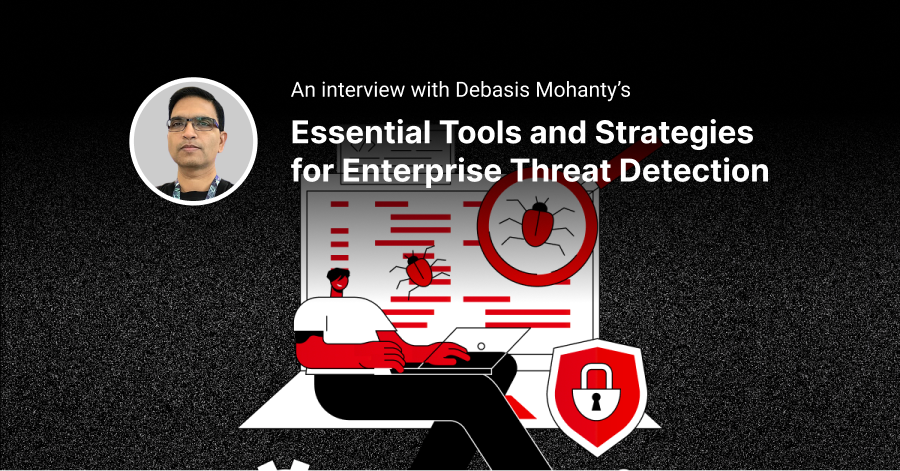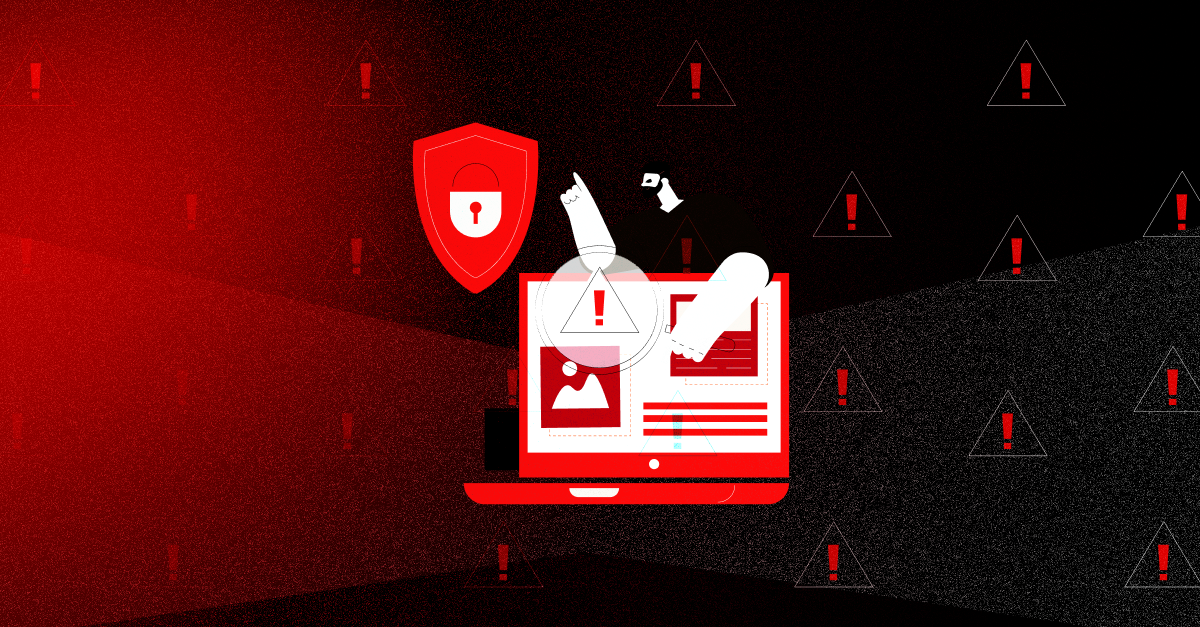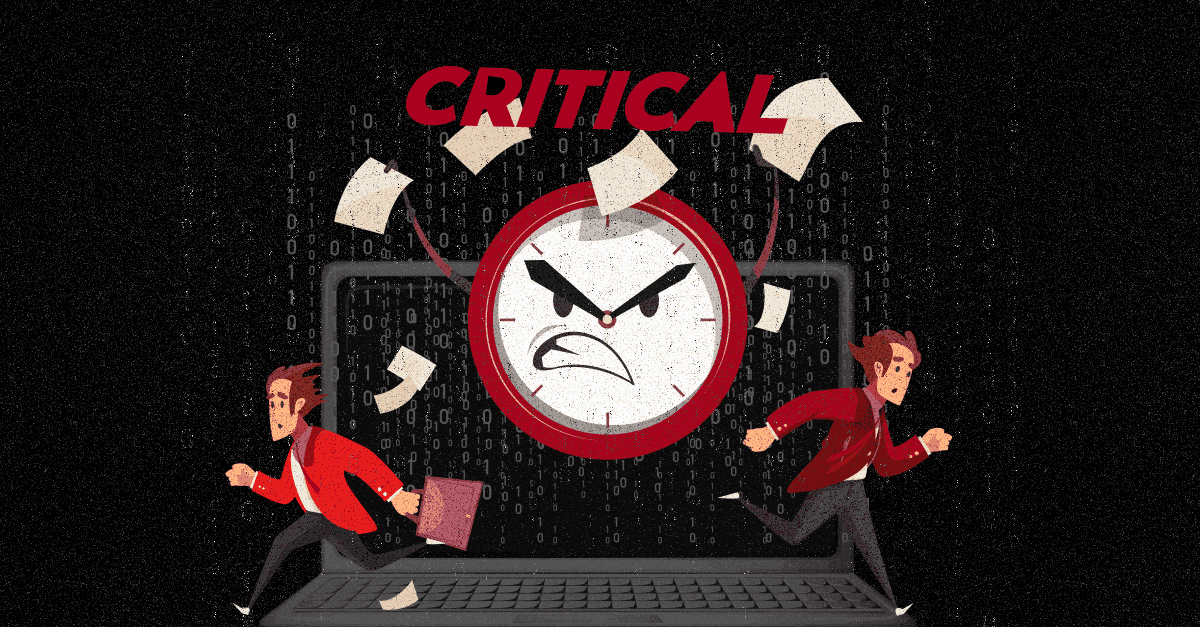Did you know that 60% of organizations said in a recent survey that they experienced breaches due to unpatched vulnerabilities? These breaches could've been easily avoided with a proactive vulnerability management program.
Achieving and maintaining compliance requires a comprehensive approach to cybersecurity that includes vulnerability management. This is because compliance regulations often require organizations to demonstrate that they have taken measures to protect their systems and sensitive data.
In this blog post, we're going to discuss the importance of vulnerability management for complianc
Importance of Vulnerability Management in Compliance
Before we begin discussing how vulnerability management can help organizations achieve and maintain compliance, let's understand why the two are related in the first place.
What does it mean to be compliant and how does vulnerability management play a role in achieving compliance?
Compliance refers to adhering to legal, regulatory, and industry-specific standards and requirements to ensure that an organization is operating in a lawful and ethical manner. The ultimate objective of compliance is to mitigate risk, protect sensitive data, and maintain the trust of customers and stakeholders.
Vulnerability management plays a critical role in achieving compliance objectives by identifying, prioritizing, and remediating vulnerabilities in an organization's systems and software. By doing so, vulnerability management reduces the risk of a data breach, which can result in legal and financial consequences that can harm an organization's reputation and ability to maintain compliance.
Here are some of the key benefits of having a vulnerability management program in place:
- Proactive Risk Mitigation: Vulnerability management can help your enterprise proactively identify and mitigate potential risks before they can be exploited by attackers. By implementing a robust vulnerability management program, organizations can significantly reduce the risk of data breaches, system outages, and other security incidents.
- Reputation Management: In addition to mitigating risks, vulnerability management can also help protect to protect your reputation. With high-profile data breaches making headlines on a regular basis, customers and partners are becoming more aware of the importance of security. By demonstrating a commitment to vulnerability management, you can build trust with your stakeholders and maintain a positive reputation.
- Regulatory Compliance: Many regulations and standards require organizations to have an effective vulnerability management program in place. By maintaining compliance with these requirements, organizations can avoid costly fines and other penalties.
Here are some common compliance frameworks that a vulnerability management program can help you meet:
- Payment Card Industry Data Security Standard (PCI DSS): A set of security standards designed to ensure that all companies that accept, process, store or transmit credit card information maintain a secure environment.
- General Data Protection Regulation (GDPR): A European Union (EU) regulation that strengthens and harmonizes data protection laws for individuals within the EU.
- Health Insurance Portability and Accountability Act (HIPAA): A US federal law that sets privacy and security standards for personal health information to ensure the confidentiality, integrity, and availability of electronic protected health information.
- Sarbanes-Oxley Act (SOX): A US federal law that sets rules for financial reporting and auditing to protect investors from fraudulent accounting practices.
- International Organization for Standardization (ISO) 27001 and 27002: A globally recognized set of standards for information security management systems (ISMS) that provide a framework for implementing and maintaining effective security controls.
- Federal Risk and Authorization Management Program (FedRAMP): A US government-wide program that provides a standardized approach to security assessment, authorization, and continuous monitoring of cloud products and services.
- National Institute of Standards and Technology (NIST) Cybersecurity Framework: A US framework that provides guidance on how organizations can manage and reduce cybersecurity risk.
- Federal Information Security Modernization Act (FISMA): A US federal law that requires federal agencies to develop, implement, and maintain security programs to protect their information and information systems.
- Gramm-Leach-Bliley Act (GLBA): A US federal law that requires financial institutions to protect the confidentiality and security of customer information.
- California Consumer Privacy Act (CCPA): A California state law that enhances privacy rights and consumer protection for California residents by regulating how businesses handle personal information.
By proactively detecting vulnerabilities and prioritizing remediation efforts, organizations can reduce the overall risk to their systems and data. In addition, vulnerability management helps organizations meet reporting requirements and demonstrate that they are meeting the required standards.
Align Your Vulnerability Management Program with Compliance Requirements: Best Practices
To ensure that their vulnerability management program aligns with compliance requirements, organizations should follow best practices such as:
- Conducting regular vulnerability scans and assessments: Organizations should conduct regular vulnerability scans and assessments to identify and prioritize potential security weaknesses. This helps to reduce the overall risk to their systems and data and also ensure that known vulnerabilities are properly remediated.
- Establishing a vulnerability management policy: A vulnerability management policy outlines the procedures and guidelines for managing vulnerabilities in an organization. It defines roles and responsibilities, provides guidelines for scanning and reporting, and outlines the steps for remediation.
- Prioritizing vulnerabilities based on risk and impact: Vulnerabilities should be prioritized based on the risk and impact they pose to the organization. This helps to focus remediation efforts on the most critical vulnerabilities first.
- Implementing patches and fixes in a timely manner: Once vulnerabilities are identified, patches and fixes should be implemented in a timely manner to reduce the risk of exploitation.
- Maintaining accurate and up-to-date inventories of assets and software: Organizations should maintain accurate and up-to-date inventories of all assets and software to ensure that all vulnerabilities are identified and addressed.
-
- Staff training and awareness: All staff should be trained and aware of the importance of vulnerability management and compliance requirements. This helps to ensure that vulnerabilities are reported in a timely manner and that compliance requirements are met.
By following these best practices, organizations can ensure that their vulnerability management program aligns with compliance requirements and reduces the overall risk to their systems and data.
The Role of Security Automation in Vulnerability Management and Compliance
When it comes to vulnerability management and subsequently compliance, two things are of utmost importance - prioritizing vulnerabilities and remediation efforts, and the time taken to apply patches and fixes.
A study shows that organizations are taking longer to patch vulnerabilities than they did in the past year. 88% of organizations surveyed said that their IT Operations and Security Operations teams had to coordinate with other teams before they could patch a vulnerability, increasing the time to patch by 12 days. That's more than enough time for an attacker to exploit that vulnerability, and potentially compromise the organization's systems and data.
So, how can you reduce your patching time? The answer is automation. As the digital threat landscape continues to evolve, automation is becoming a must-have for organizations that are serious about protecting their data and systems.
Automation also helps to improve the prioritization process. Along with patching, prioritization is one of the most time-consuming tasks in the vulnerability management process. And these two processes are among the main processes automated by security automation tools.
According to organizations that use automation, it helps reduce the time needed to patch vulnerabilities. In addition to this, these organizations also experienced less downtime, and were able to prioritize and patch their most critical vulnerabilities effectively.
Additionally, investing in more staff to manage the patching process can also be beneficial in reducing patching time.
By automating vulnerability management tasks such as vulnerability scanning, patch management, and reporting, organizations can streamline their vulnerability management program and improve their overall security posture.
Conclusion
Vulnerability management is a critical component of a comprehensive cybersecurity strategy. By implementing a robust vulnerability management program and maintaining compliance with relevant regulations and standards, organizations can significantly reduce their risk of cyber threats and protect their reputation. Follow these best practices and leverage security automation, to achieve a more effective and efficient vulnerability management program.
To learn more about how Evolve can help you automate vulnerability management, schedule a demo/consultation with one of our experts today.







